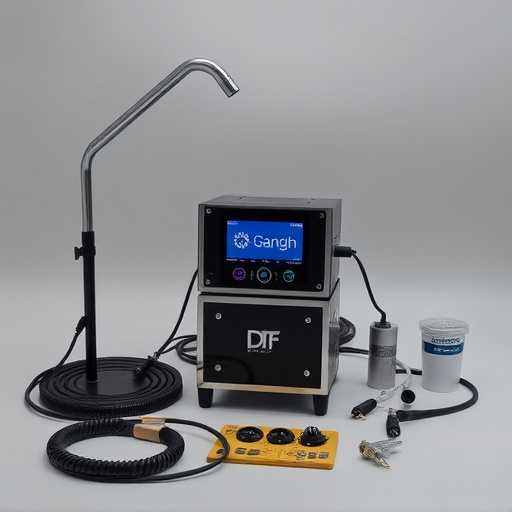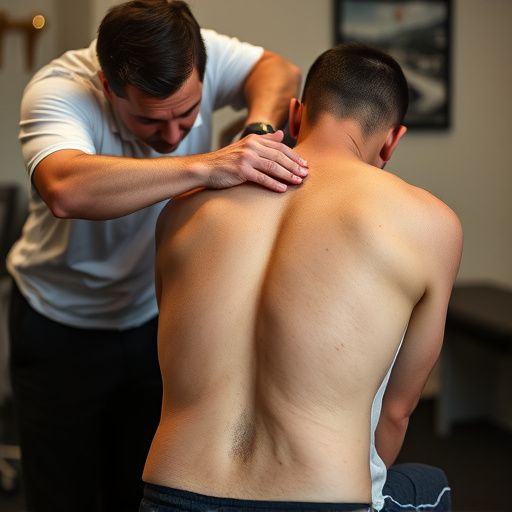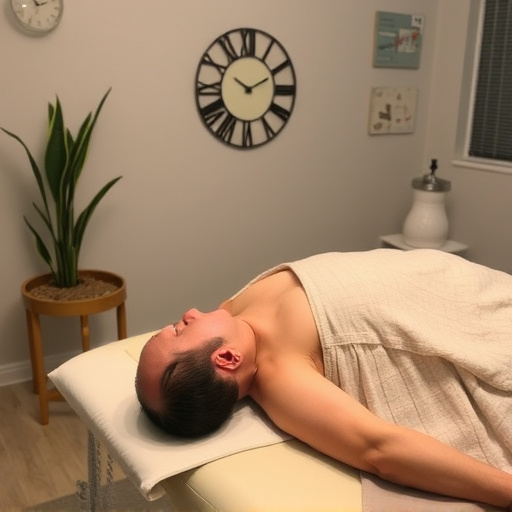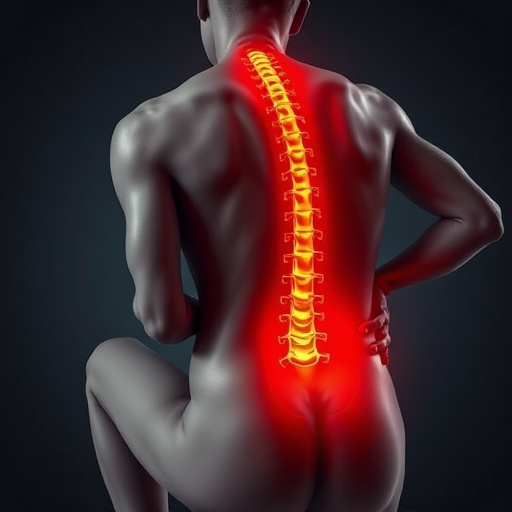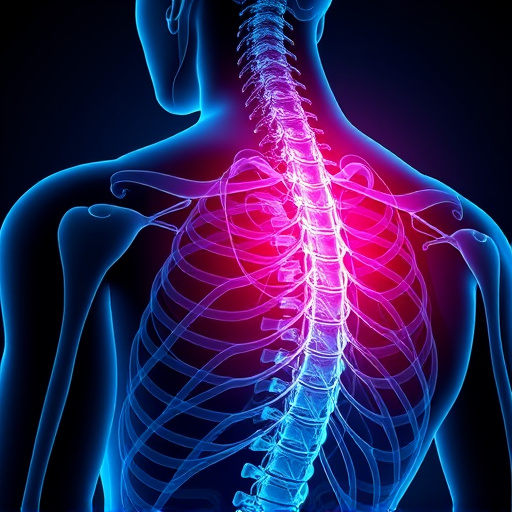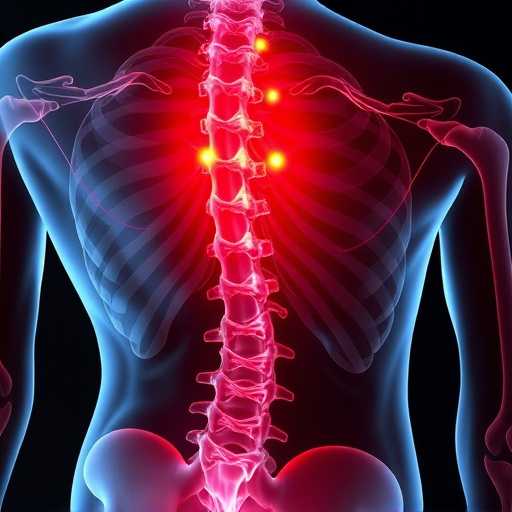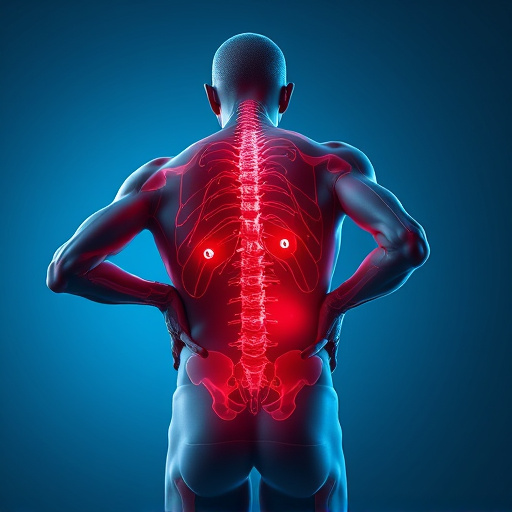Spine injury workers comp provides comprehensive support, including medical care, financial aid, and return-to-work assistance. Ergonomics play a vital role in preventing and managing spine injuries, with employers responsible for creating safe environments. Simple adjustments like adjustable workstations, regular breaks, and ergonomic tools can significantly reduce risks and enhance employee well-being, especially for those with prior spinal trauma or chronic pain. Incorporating these measures not only aids recovery but also boosts productivity and reduces workers comp claims related to spine injuries.
In the realm of workplace safety, understanding spine injury workers comp is paramount. This comprehensive overview delves into the intricacies of managing and compensating for spinal injuries on the job. With an estimated [X] cases reported annually, recognizing common ergonomic risks and implementing effective mitigation strategies is crucial.
This article equips employers and employees alike with expert tips to foster a safer environment post-injury, ensuring a proactive approach to spine injury workers comp. Learn how simple adjustments can significantly reduce the risk of spinal injuries in the workplace.
- Understanding Spine Injury Workers Comp: A Comprehensive Overview
- Common Workplace Ergonomic Risks and How to Mitigate Them
- Expert Tips for Creating an Ergonomic Work Environment Post Injury
Understanding Spine Injury Workers Comp: A Comprehensive Overview

Spine injury workers comp refers to a comprehensive set of benefits and services provided to employees who have suffered injuries to their spines while on the job. This can include accidents involving heavy lifting, repetitive motion disorders, or even exposure to unsafe working conditions. The primary goal of spine injury workers comp is to ensure that affected workers receive the necessary medical care, financial support, and accommodations to facilitate a safe return to work or, if that’s not feasible, a transition to alternative employment.
Understanding spine injury workers comp involves recognizing the various components available to injured workers. This includes access to specialized healthcare professionals, such as chiropractors and physical therapists, who can provide treatments like spinal adjustments and chronic pain relief strategies. Additionally, legal assistance and advocacy services help employees navigate complex claims processes, ensuring they receive the full benefits they are entitled to for neck pain relief and other related conditions.
Common Workplace Ergonomic Risks and How to Mitigate Them

Workplace ergonomics play a significant role in preventing spine injuries and promoting employee well-being, especially for those who have experienced spinal trauma or are at risk of developing chronic pain conditions. Common ergonomic risks include prolonged static postures, repetitive motions, and heavy lifting, which can exacerbate existing spine injuries or lead to new ones. To mitigate these risks, employers should encourage regular breaks and implement adjustable workstations that allow employees to change their sitting or standing positions throughout the day.
Additionally, proper lifting techniques, such as using the legs and keeping the back straight, are essential for preventing strain on the spine. Investing in ergonomic tools like upright chairs, standing desks, and lumbar support can further aid in muscle recovery and chronic pain relief. By prioritizing these measures, companies can foster a safer work environment, enhance employee productivity, and contribute to the overall sports injury recovery process among their workforce.
Expert Tips for Creating an Ergonomic Work Environment Post Injury

Creating an ergonomic work environment is especially crucial after a spine injury, where workers comp experts recommend a multi-faceted approach to prevent further issues and promote healing. Firstly, assess your workspace for potential hazards like improper chair height or poorly placed equipment, which can exacerbate existing injuries. Adjustments such as raising your computer screen to eye level and ensuring your keyboard is at elbow height are simple but effective changes that can be made immediately.
Additionally, incorporating regular breaks throughout the day for stretching and movement is vital. Workers comp specialists suggest setting reminders or using apps designed to prompt these pauses. Engaging in activities like standing, walking, or even short sessions of physical therapy or chiropractic care during these breaks can significantly enhance overall well-being and contribute to a faster recovery process, making it an integral part of your workday.
In conclusion, addressing workplace ergonomics is paramount in preventing and managing spine injury workers comp cases. By understanding common risks, implementing mitigation strategies, and adopting expert advice for ergonomic work environments, employers can foster a safer and healthier workplace. These measures not only reduce the likelihood of spine injuries but also enhance overall employee well-being and job satisfaction.




